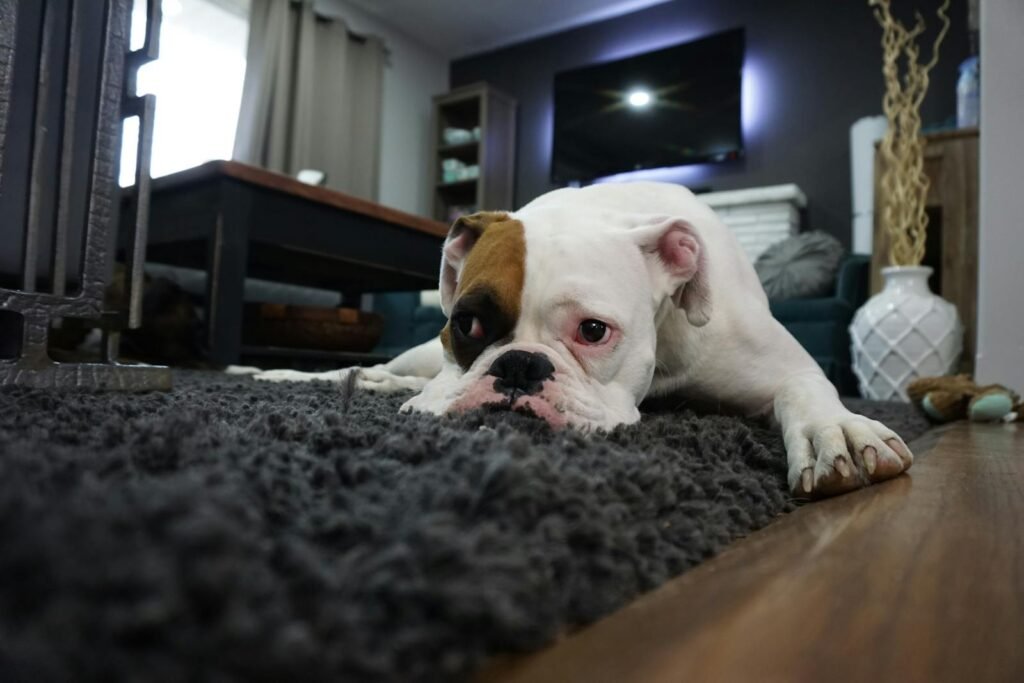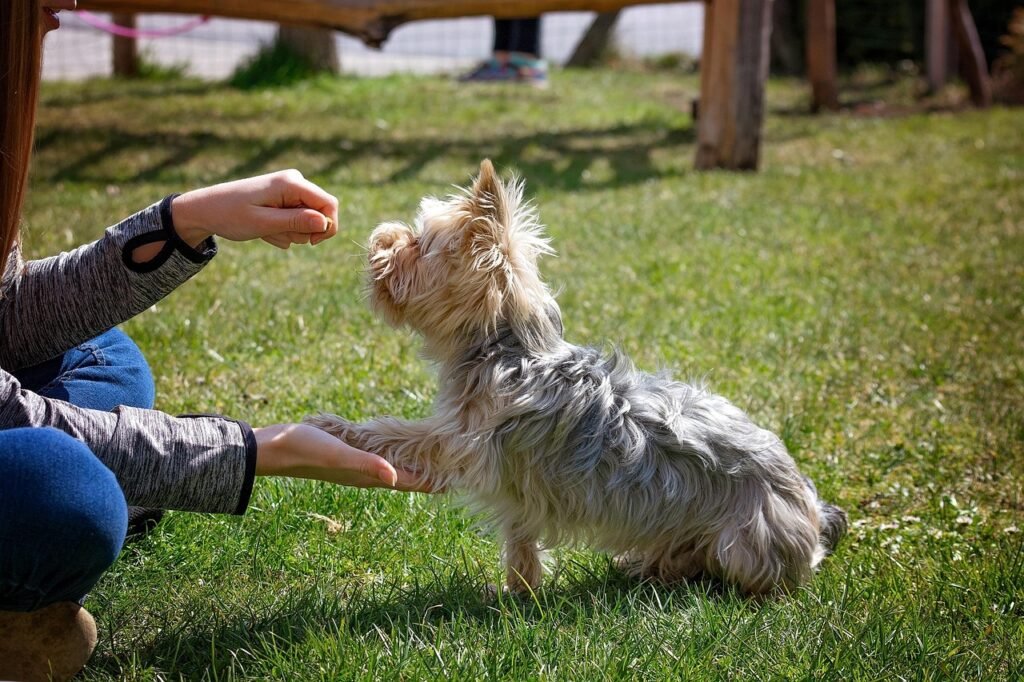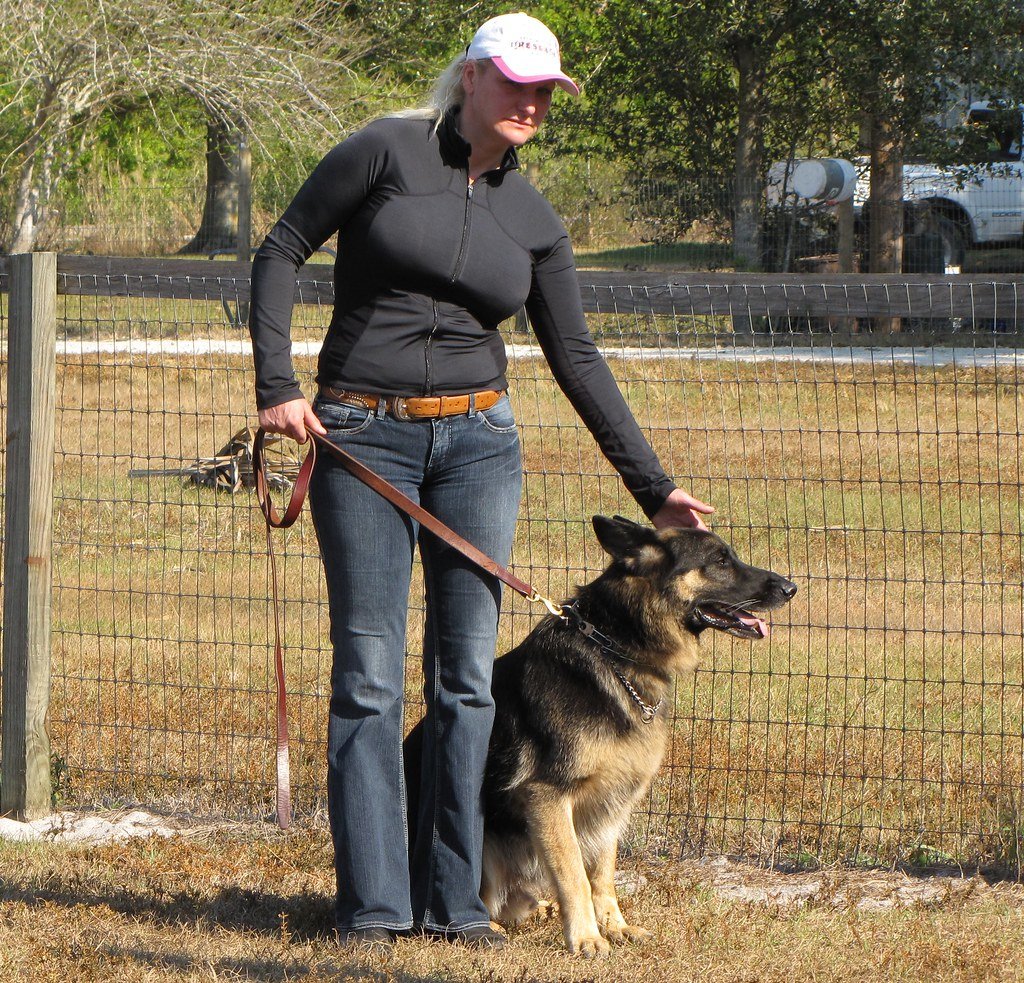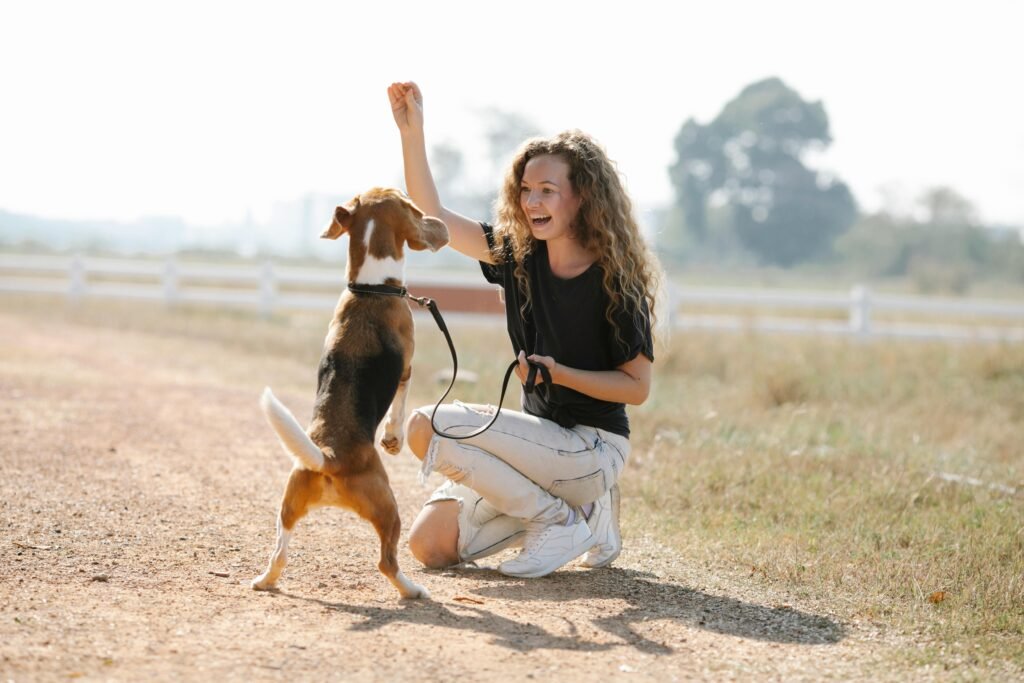When it comes to sharing a home with furry companions, few challenges are as frustrating as discovering yet another accident on your beloved rug. Compulsive urination can not only be a nuisance but can also leave you feeling defeated, despite your best efforts to train or re-train your pet. But fret not! With the right approach, patience, and understanding of your pet’s behavior, you can teach them to relieve themselves in appropriate places. This guide will walk you through practical steps and insights to prevent your pet from making the rug their preferred pee spot.
Understanding the Root Cause

Identifying why your pet is peeing inside the house is the first step toward a solution. Pets may urinate indoors due to medical issues, marking their territory, or even anxiety. Visiting a vet helps rule out health problems such as urinary infections or incontinence. Once health concerns are dismissed, investigate behavioral triggers that might be causing stress or anxiety in your pet. Observe their patterns, the timing of accidents, and any household changes that may be affecting them.
Establishing a Routine

A consistent routine is immensely beneficial in managing your pet’s bathroom habits. Feeding schedules, walks, and bathroom breaks should occur at the same time daily, as predictability enhances a pet’s trust and makes it easier for them to adapt. Consistency in your timing will help your pet anticipate when it’s time to go out and do their business, reducing the likelihood of accidents indoors.
Using Positive Reinforcement

Encourage your pet by rewarding them when they relieve themselves in the right place. Positive reinforcement is a powerful tool in behavioral training. Verbal praise, tasty treats, or extra playtime can motivate your pet to repeat good behavior. Always reward the desired action immediately to help your pet connect the behavior with the positive outcome.
Minimizing Stress and Anxiety

Pets are sensitive to their environment. Stress and anxiety can lead to inappropriate urination. Identify potential stressors such as loud noises, new furniture, or the presence of other animals. Providing a calm environment with cozy rest areas and toys can help ease their stress. In some cases, pheromone diffusers or calming supplements might be necessary to provide extra comfort.
Cleaning the Affected Area Thoroughly

Once an accident occurs, cleaning the area thoroughly is crucial to prevent repeated soiling. Residual odors can encourage your pet to return to the same spot. Use enzymatic cleaners to break down urine molecules and eliminate the smell completely. Avoid ammonia-based cleaners, as their scent can resemble urine to a pet and confuse them even further.
Training Alternatives
Different pets respond to various training methods. In some cases, crate training can be effective, especially for dogs, creating a den-like space where they refashion their natural instincts to keep their sleeping area clean. Use the crate correctly, ensuring it is never a form of punishment, but rather a comforting refuge. Alternatively, re-training with outdoor or indoor potty stations can be reconsidered to promote correct habits.
Consulting a Professional Trainer

When progress seems slow despite consistent efforts, it might be time to consult a professional animal trainer. Trainers possess the knowledge and experience in dealing with specific behavioral issues. They can provide tailored guidance and help establish new training goals, especially if past efforts haven’t yielded the desired outcome.
Addressing Territorial Behavior

If your pet is marking territory, addressing this behavior requires patience. Desensitize your pet by gradually introducing them to potential triggers like new items or frequent visitors, using treats and positive reinforcement. Neutering or spaying can also curb excessive marking behaviors. Ensure they have enough personal space and individual attention to feel secure.
Monitoring Fluid Intake

Keeping an eye on your pet’s water consumption is an underrated strategy. Excessive thirst could signal an underlying health issue, while reduced water intake can help somewhat manage the urge to urinate frequently. However, be cautious with this approach and never limit water access for prolonged periods. Always consult your veterinarian for advice tailored to your pet’s specific needs.
Patience and Persistence
Tackling inappropriate urination is a journey that requires a tremendous amount of patience and persistence. Avoid punishment, as this can increase fear and anxiety, exacerbating the issue. Celebrate small victories along the way; consistency will eventually pave the road to success. It’s essential to remain both patient and persistent, as behavioral changes can sometimes take time.
In conclusion, dealing with a pet’s urination issues can be strenuous but tackling it with a combination of routine, positive reinforcement, proper cleaning practices, and stress reduction can make a significant difference. Always consider your pet’s health first and remain patient through the process. With love, understanding, and commitment, you’ll soon find a solution that works for everyone, leading to a cleaner home and a happier pet.

Andrew Alpin from India is the Brand Manager of Doggo digest. Andrew is an experienced content specialist and social media manager with a passion for writing. His forte includes health and wellness, Travel, Animals, and Nature. A nature nomad, Andrew is obsessed with mountains and loves high-altitude trekking. He has been on several Himalayan treks in India including the Everest Base Camp in Nepal.





